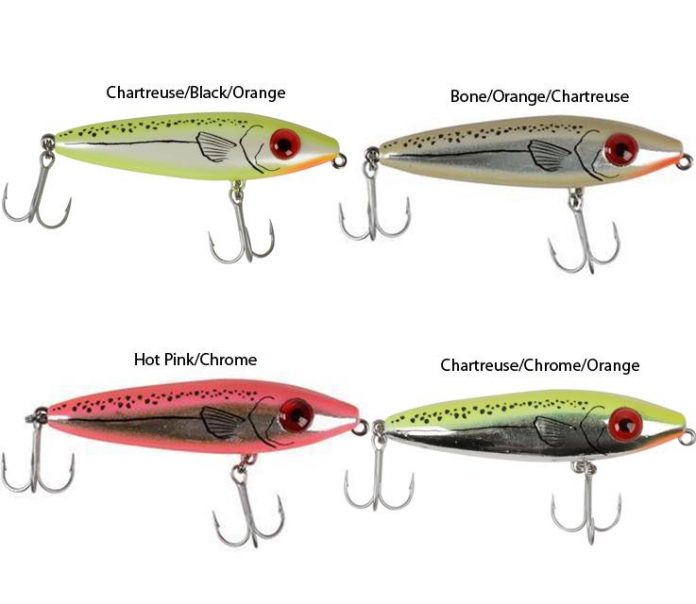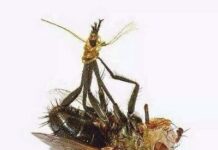Dogs and Pups
Dog Series: Top Dog, Top Dog Jr and Top Pup
Making the transition into the topwater world, the Top Dog series was one of the first surface lures offered by L & S Bait Company (also known as Mirrolure). The lure, designed to stay up-on-top makes the right amount of noise with a movement that is irresistible to feeding predators. With seven lures in the Dog series, this is information on three of those: The Top Dog Jr, Top Pup and Top Dog. In addition to general information on a segment of the series, there are also methods that prove effective for using these lures to catch great fish.
These lures become the “go to” selection for pretty much everyone who has tried them. The torpedo shape and weight make it ideal for making long casts, even into the wind. The ability for this lure to chug in choppy water makes it a favorite for those who do not want to have to make lure changes in tougher conditions. Lower frequency sound compared to the “She” Series of Mirrolure “Dogs”, the Jr., Pup and Top Dogs are very popular in calm waters as well. Calm waters are usually clear/clean waters and these lures work very well in this situation.
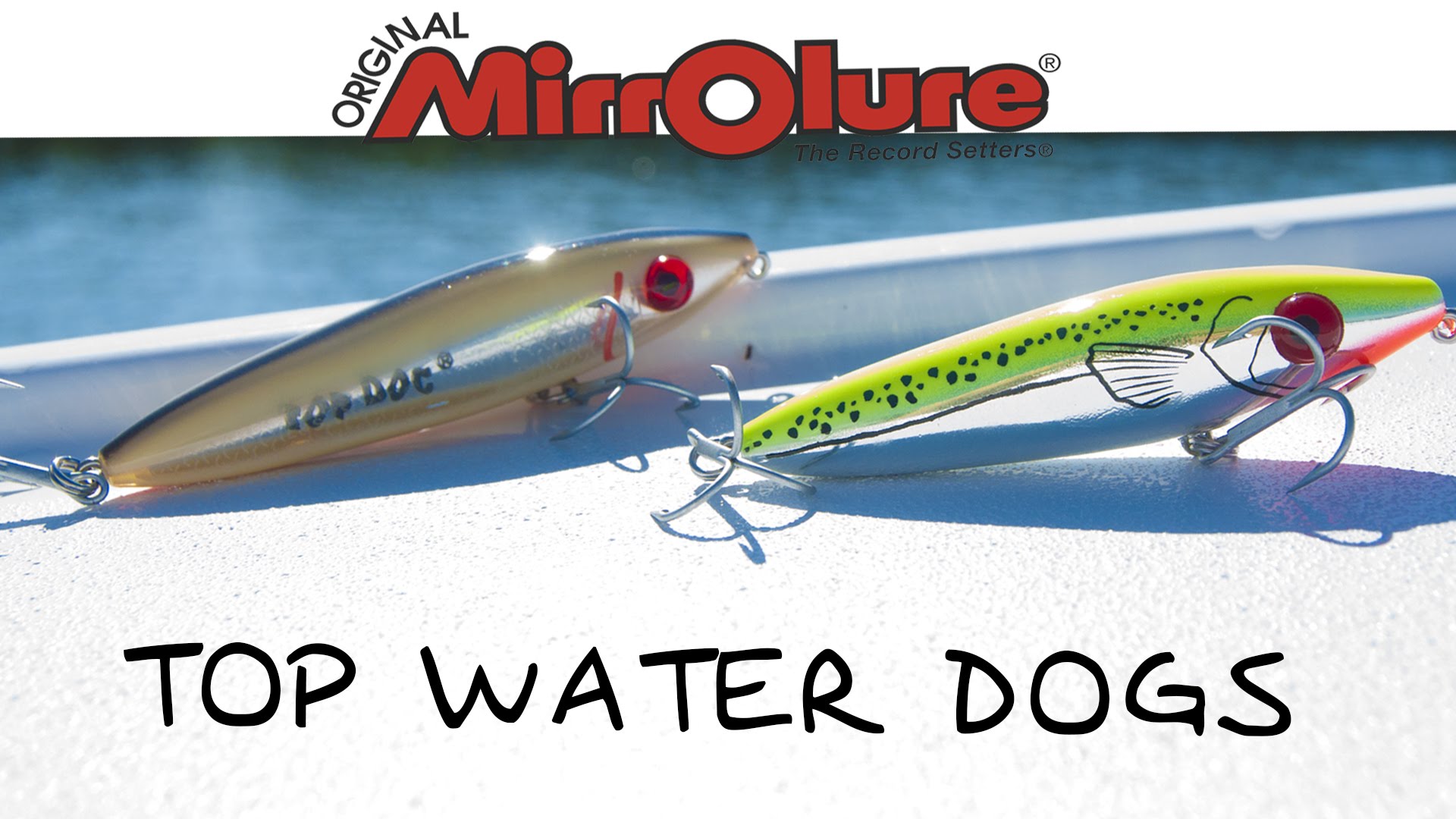
This portion of the Dog series is available in three sizes:
| Model |
Length |
Oz. |
Hooks |
| 74MR |
3-1/2” |
3/8 |
2 |
| 84MR |
4” |
1/2 |
2 |
| 94MR |
4-3/4” |
3/4 |
2 |
NOTE: The 74MR is the Top Pup. The 84MR is the Top Dog Jr. The Top Dog is available in the 84 and 94MR size.
Color Choices:
The Top Pup is available in eleven colors (11, 18, 21, 808, BN, BNS, CFPR, CH, CHBL, GLO, PIN).
The Top Dog Jr is available in 25 colors (11, 18, 21, 24, 51, 54, 750, 808, BN, BNS, BNSBO, BNSCH, BNSO, CFPR, CH, CH11, CHBL, FT, GLO, HP, NS, NSCH, NSRH, PIN, S).
The Top Dog is available in 28 colors (11, 11FGO, 18, 19, 21, 24, 51, 54, 704, 808, BN, BNS, BNSBO, BNSCH, CF, CFPR, CH, CH11, CHBL, FT, G, GLO, HP, NS, NSCH, NSRH, PD, S)
The color code is as follows:
Mirrolure Color Chart My personal favorites are not important. If you work the lure properly, the color is not critical. Regional color patterns do exist. For my own uses on the Gulf coast of Florida, I am a big fan of 11, 18, 21 and BN but also regularly use 51 and CFPR.
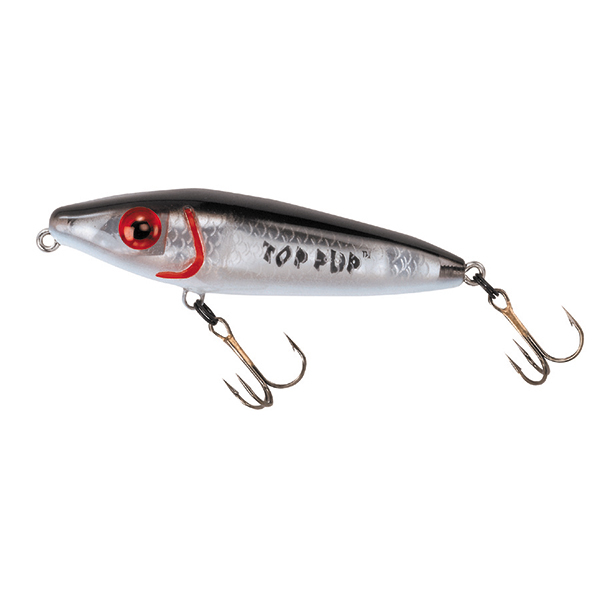
Using the lure
General error often made by anglers: Using the lure in the wrong situation. Most anglers will tell you that a topwater lure is a poor choice in many deep-water situations. For my charters for redfish, speckled trout and snook it is obvious that topwater lures are a better choice in depths of three feet or less. Not only is this where these species are more likely to be, they all stay near the bottom but will rise to strike if it is not a long distance to move. Obviously, for species that feed higher in the water column this would not be applicable as bluefish and mackerel love to blast the Dog lures in much deeper waters.
Working the lure The angler needs to keep a few things in mind to appropriately work the Dog lures. “Control, control, you must learn control!” The entire process is methodical with some important concepts that make success easy. The lures cast a long distance. The savvy angler will “get control of the lure” before it hits the water (with spinning gear, manually clicking the bail over just before the lure hits the water). It helps you to land the lure more quietly but it also takes all the slack out of the line, enabling the angler to start working the lure without delay. Controlling the lure with slight jabs of the rod, a tight line and short “controlled” jabs, the lure will dart a few inches one direction and then with the right frequency between jabs the other direction with the next jab. Learning an almost continuous reeling technique will bring up the slack as the lure is retrieved back. With the right technique, the lure moves nicely in the gentle side-to-side motion where you should hear the rattle inside the lure with each jab.
Using some “control”, and some experimentation, you should find that more strikes come with the slower, controlled movement of the lure. “Out of control” anglers will jab the rod tip too rapidly, practically causing the lure to skip out of the water. Enticing movement is enhanced by “breaking the rhythm” of the retrieve. Instead of making your long cast and bringing the lure back at the same pace the whole retrieve, you can consider accelerating a slower retrieve; slowing a faster retrieve or “working in pauses” to any retrieve speed. Changing the pace of the lure is an excellent way to elicit strikes. Extended pauses may also lead to strikes on a non-moving lure or the first twitch after a pause.
Rod tip high or low? It is a personal choice and varies from situation to situation. If working a lure cross-wind, rod tip lower is probably a better choice, otherwise in all other situations (including no wind) the rod can be held at many angles and still work the lure successfully.
After the Strike A fish rises, what will you do in response? In my experiences, a hookset is not the best choice. With two sets of treble hooks, there is plenty of hook-up potential already. You have a tight line while working your lure so if fish strike the lure and hits one of the hooks, they will hook themselves. Many times a predator will strike a lure multiple times before getting hooked. After a miss, the decision is, pause or just continue to work the lure? Try different things but I like to try a short pause after an explosion not only to let the lure settle but also to mimic a stunned baitfish. It is high odds they will “finish their meal” with the next twitch. They want it: Let them continue to eat it until they hit a hook!
Lure Modifications
This is just my own opinion and to each his/her own: When I take a lure out of the packaging, I am taking my pliers to the lure and crushing the barbs down to nothing. On all six hooks on the two treble hook lures, this has a multitude of advantages. If your fish fighting technique is good, losing a fish is not likely. The other advantages are the most significant: Removal of hooks (especially if multiple hooks are stuck in mouth joints of fish) becomes easier; removal of hooks from clothing is incredibly simpler; but especially removal of a hook from your flesh is not only simpler, it is way less painful and does not require outside assistance.
A second modification to consider: Switching treble hooks to single hooks. The advantage: In times of excessive floating grass, two hooks instead of six means a lure that is staying clean longer and probably leading to more strikes. It may lead to a fish striking a lure more times to actually get to one of the hooks but it is a tactical option. Some anglers put circle hooks on the split rings of their Dogs. This is even better for creating a Weedless topwater lure.
Suggestions from Mirrolure:
“How to Walk the DogSurface walkers are retrieved with a twitching action called “walking-the-dog.” Make as long a cast as possible, then retrieve the lure back to you in a straight line while twitching your rod. This will make the lure dance quickly from side-to-side. Each time you pop your rod tip, you will hear a sonic click coming from your lure. This “fish calling” rattle inside the echo chamber of the Dog produces explosive strikes.”
Which Dog is the right choice? From www.mirrolure.com: “How do I choose the best dog?L&S Bait Co. provides anglers a choice between high frequency and low frequency surface walkers. Both are extremely effective and necessary in certain conditions. In murky or choppy water conditions, She Pup®, She Dog® and He Dog® excel because of their higher frequency and buoyancy. In good water clarity and calm surface conditions, Top Dog®, Top Dog Jr.® and Top Pup® with their lower frequency work best. For non-aggressive game fish, use Popa Dog® to create more surface commotion and unique popping sound. Always select a larger presentation when fishing for trophies or when casting distance needs to be maximized. When fishing, and short strikes occur, try using a smaller Dog for better hook-ups.
In conclusion: These are effective surface walkers. Well-built and durable, invest in replacement hooks because if you tie good knots, the hooks will wear out several times over the lifetime of your lure. Get some and take your Dog for a walk.
Mirrolure is a 3 time “supersponsor” of the Captain Mel Classic. The Dog Series are all approved lures in the 2013 Classic format. The 2011 tournament lure was a Mirrodine. In 2012, a Mirromullet XL. What will be the provided lure in the March 23 Captain Mel Classic? Join in and find out! 
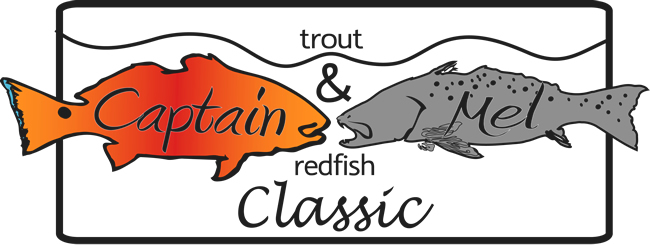
- The Neil Blog… - July 26, 2023
- The Catfish - July 26, 2023
- update - July 22, 2023
